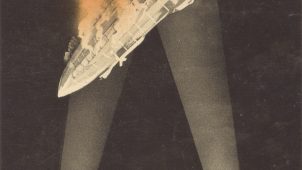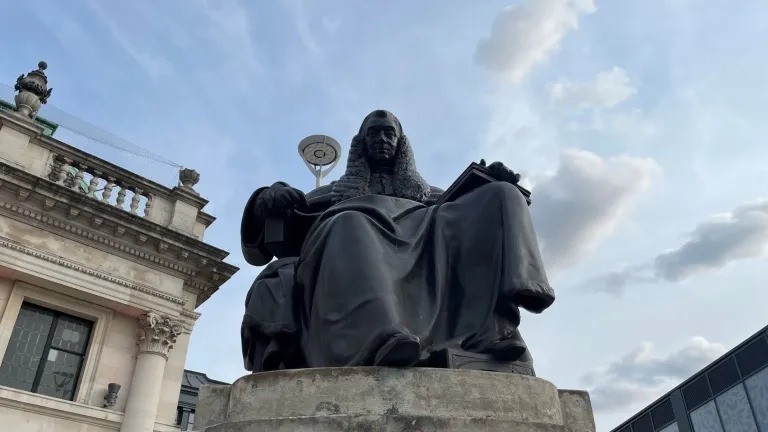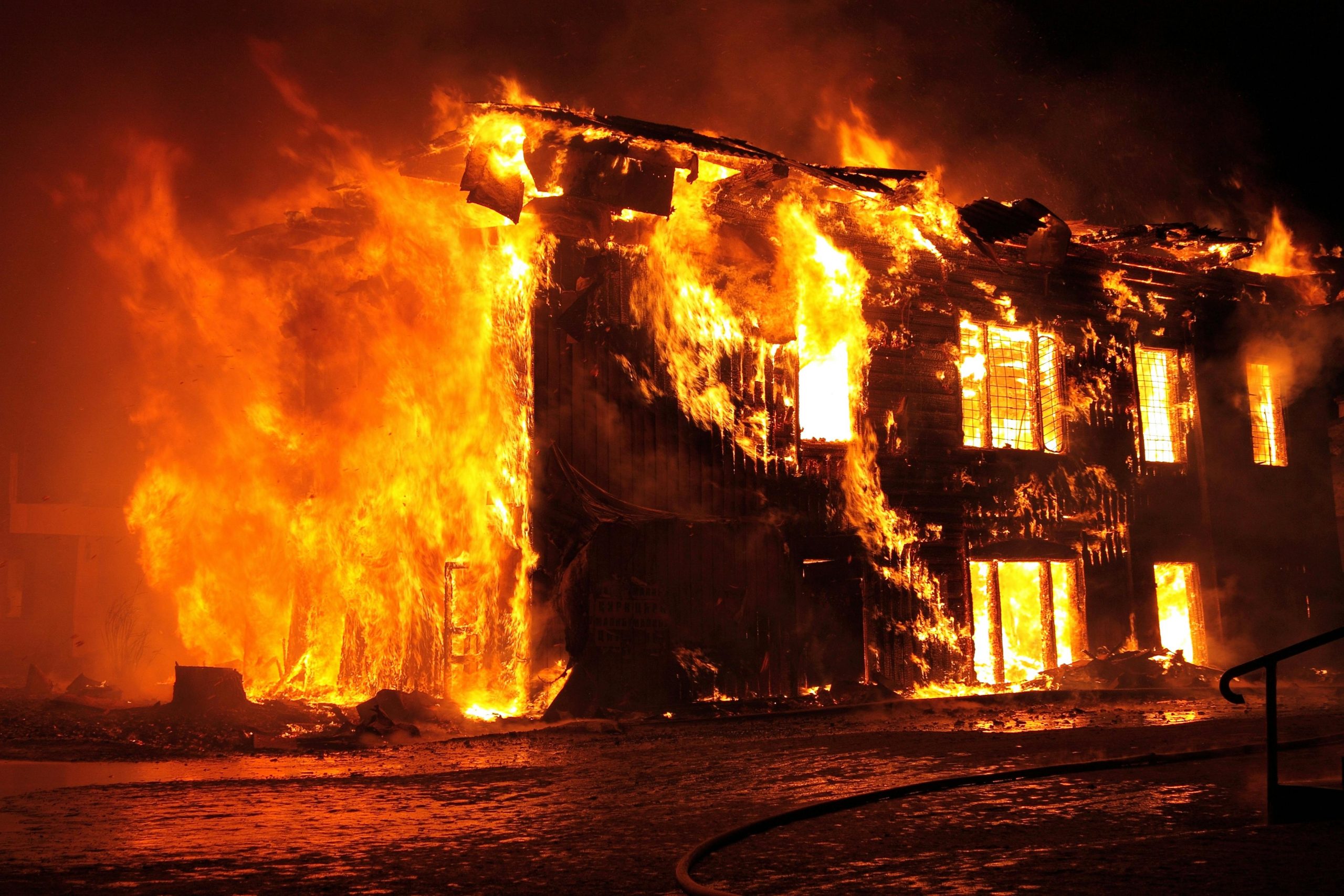As over the past weekend we observed the armistice which finally brought the First World War to an end it seemed fitting to take a look at some pertinent local events connected with that war.
To that end I was ably assisted today by MIKE DAVIES, chairman of THE RAYLEIGH TOWN MUSEUM.
Looking specifically at Rayleigh, one indisputable fact was that 204 Rayleigh men fought in that war, of whom 112 made it back home but 92 failed to return.
During the course of a previous visit by Mike we learned that two of those returnees had founded the cinema, but today we looked specifically at the case of one young man who didn’t make it back.
His name was SAMUEL HAZELL, who joined up in 1915 at the tender age of just 17, and prior to the introduction of conscription, which did not happen until January the following year.
Samuel’s family were members of the Peculiar Peoples’ chapel, an offshoot of the Wesleyan movement which had been founded in 1838 in Rochford by John Banyard, a farm worker’s son.
The Peculiar People were opposed to any of their members getting involved in war, so young Samuel would have known that by joining up, he was going against the beliefs that his parents and family held so close.
This could have been teenage rebellion with the lure of adventure in far flung places away from the farms of Essex or might simply have been a case of being swept along by the fervour to serve King and Country.
He left his parents and brother and sisters at their home close to The Weir, Rayleigh, to join the 1st Battalion the Essex Regiment, who took part in the first day of the Battle of the Somme on 1 July 1916.
By the following year, the war had become a struggle of attrition.
The opposing Allied and German armies were stuck in a stalemate of trench warfare on the Western Front.
In the spring of that year the Allies planned a new, massive offensive: the French would assault the German lines at the southern end of the front in the Champagne region of France, while the British would launch diversionary attacks in the north, around the town of Arras.
An attack was planned from the precarious Monchy salient.
Just two battalions of men would attack up Hill 100 (named Infantry Hill by the British).
The plan was to capture Infantry Hill and send out patrols into the Bois du Sart and Bois du Vert to check for enemy.
In hindsight this badly planned attack appears to have been almost suicidal as The Monchy salient was already surrounded on three sides by enemy forces.
By now a corporal, Samuel Hazell was among the men from the 1st Essex Regiment and Newfoundland Regiment who carried out the attack which started well, and by 7am it was reported that Infantry Hill had been captured.
However, in their first use of a new defensive employment of ‘elastic defence’ a German counter attack was delivered with such speed and precision that over 1000 Essex and Newfoundlanders were killed – 19 year old Samuel Hazell among them.
Samuel Hazell has no known grave, his name appears among those of the 34,718 men commemorated at the Commonwealth War Graves Commission’s Memorial at Arras.
After his parents died in 1929 and 1933 respectively, his name was included in the wording on their grave in Rayleigh Cemetery.
For his service to King and Country this Essex teenager was posthumously awarded the Victory Medal, the British Medal and the 1915 Star.
Unlike during the second World War, air raids were less common, but far from unknown.
In April 1915 Southend came under attack and then again in May when 70 bombs were dropped, killing three people and wounding three, but there was no damage to buildings.
Later that year a Zeppelin came under fire from the RAF and crashed narrowly missing Billericay High Street, coming down at Snail’s Hall Farm off Green Farm Lane, Great Burstead.
All 22 men of the crew were killed.
In January 1918 observers warned that a minimum of fifteen enemy aircraft were aloft, resulting in 80 fighters being scrambled.
One of the invaders had trouble in two of its engines and was then forced to turn back by anti-aircraft fire at Billericay, but still released its bombs on Rawreth, Thundersley and Rayleigh resulting in damage to 3 houses and a farm building at Rawreth.
Perhaps less well known is that during the Second World War, a Prisoner of War Camp was established close to Rayleigh in Rawreth Lane near where MAKRO is now located.
Apparently some of the German POW’s were put to work doing agriculture at Rettendon but prior to the arrival of the Germans, Italian POW’s had been housed there.
It has been reported that some of the men housed there used to make toys and other items which they exchanged with the locals, presumably for cigarettes etc.
Even as late as the 1950’s it was possible to see remnants of the camp theatre, where some of the scenery used had been stored.
And painted on the walls in big letters were the words,“Rauchen Verboten” (Smoking Forbidden).
If you missed what Mike had to say today, you can listen to it all here: –
And now, as they say, something completely different.
In the second hour of today’s programme we heard about two Swiss tourists driving a rented camper, who whilst visiting California’s Death Valley Park, swerved to avoid running over a spider, and causing a 24-year old Canadian on a motorbike to collide with them, and end up in hospital.
The spider, a tarantula, walked away unscathed!
The park superintendent, who was first on the scene of the accident, pointed out that many of the park’s roads still have gravel patches, following recent storm damage, and accordingly urged people to drive slowly, especially when going down steep hills in the park.
Incidentally a bite by a tarantula has been reported to feel similar to a bee sting and is not deadly to humans.
But there are a good many other wild animals in the park such as bison and cougar worth keeping an eye on.
Providing I can avoid any similar instances, I hope to return once again tomorrow,
Scott













































